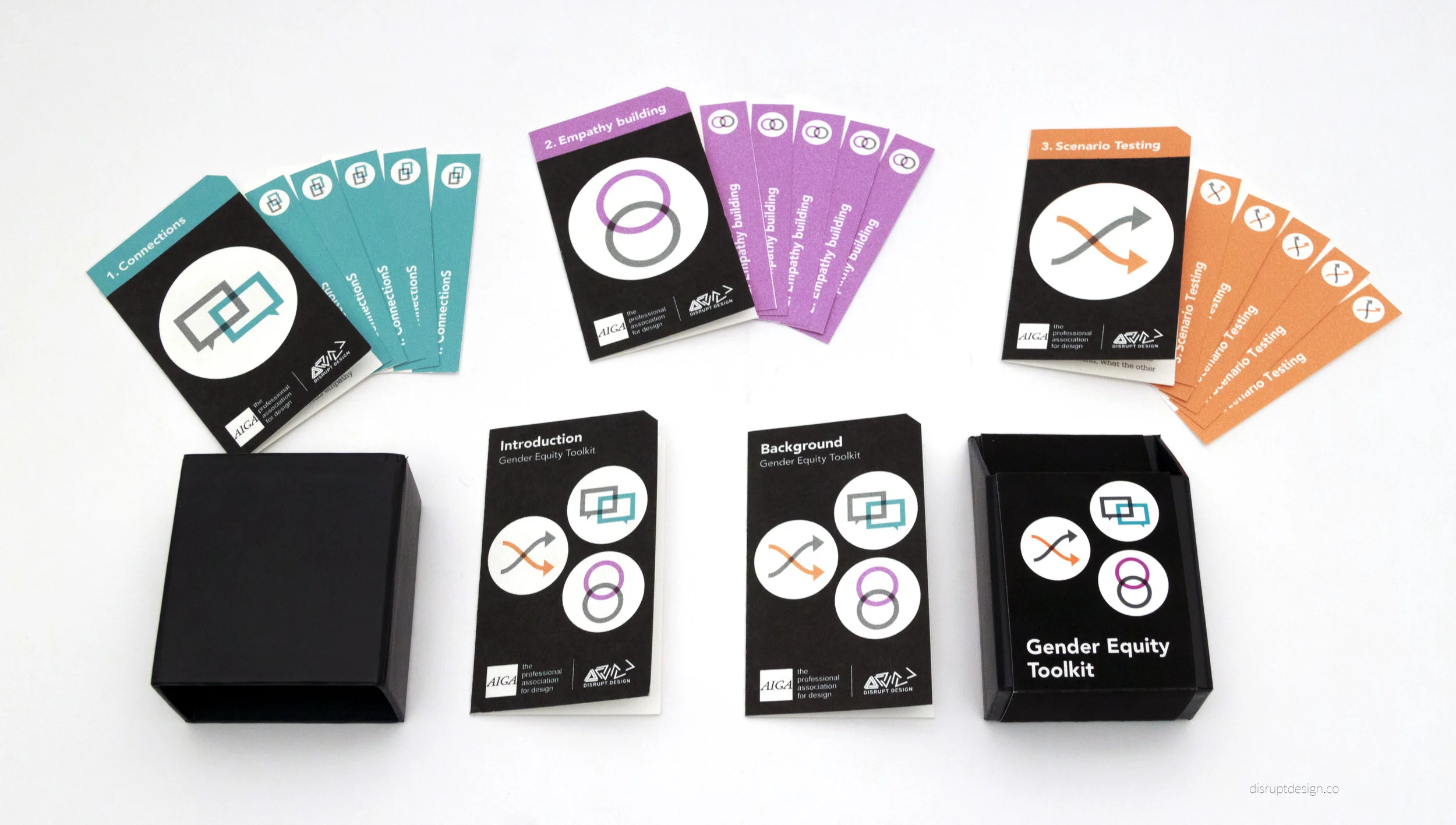DISRUPTING gender BIAS + leadership
GENDER EQUITY TOOLKIT / Collaboration with AIGA Women Lead / Visual design by deb adler design / Released Oct 2016 / website
Gender equality is a state desired by many, but at the current rate of progress, it will be 2080 before we hit parity. In partnership with the AIGA, we set about disrupting the ways in which gender impacts and affects people's ability to advance professionally, in the design industry and beyond.
Gender is a social construct and an archaic framework for how we should perform in the world. Thanks to some fascinating studies, we have started to break down that framework and discover that implicit biases, and a host of social conventions, impede us all - men and women and everyone in between - from progressing to our full professional potential.
We discovered that a critical part of reaching equality is developing equity - the equal access to resources that people need in order to overcome barriers and flourish - and that this can be facilitated through empathy, mentorship, and positive experiences. The Gender Equity toolkit is designed to help overcome the invisible barriers created by gender bias, in order to foster equity in the workplace.
Leyla Acaroglu, running one of the exploration workshops during the develop period of the design for the toolkit (photo AIGA staff photographer)
CREATION PROCESS
To create this toolkit, as with all of our interventions, we employed the Disruptive Design Method of mining, landscaping and building to leverage positive change outcomes. The mining phase of this project involved interviews and workshops with over 150 US-based designers from cities across the country.
A key insight was that one of the biggest issues inhibiting women’s ability to progress to positions of leadership is related to the pre-formed social constructs of what leadership should look like, which is currently inherently masculine. This creates a double bind: women find they must adopt male leadership traits to get into a leadership positions, but once there, they are penalized for not fulfilling the gendered expectations of the stereotypically female traits of sensitivity and caring.
Other key insights emerged around the use of empathy as a tool for developing equity, the role of restricted thinking and networks, and the bright spot of organic peer-to-peer mentorship overcoming systemic issues that impede gender equality. For more about our research process and the insights that led to the creation of the Gender Equity Toolkit, check out this Medium article by Leyla.
Gender Bias concepts used to inform the design of the Gender Equity Toolkit.
EXERCISE DEVELOPMENT
Through the research that underpins this toolkit, we found that learning to appreciate and understand ‘the other’ really helps overcome gender bias. So, we developed an empathy-building exercise that can be conducted in just a few minutes.
We found that connections through conversation help to ignite the dialogue needed to share similarities of experiences and create an ice breaker: connected conversation. In order to enable greater resilience, we also designed a scenario-testing activity that builds mental muscle around difficult tasks like asking for a raise and negotiating your professional leadership.
Fighting for gender equity is serious business, but the Gender Equity Toolkit makes it fun. All of the activities included in the toolkit are designed for a diverse range of play – from the boardroom to the classroom, by small or large groups, with men and women, and by anyone and everyone interested in increasing their empathy, understanding, and leadership capabilities.




